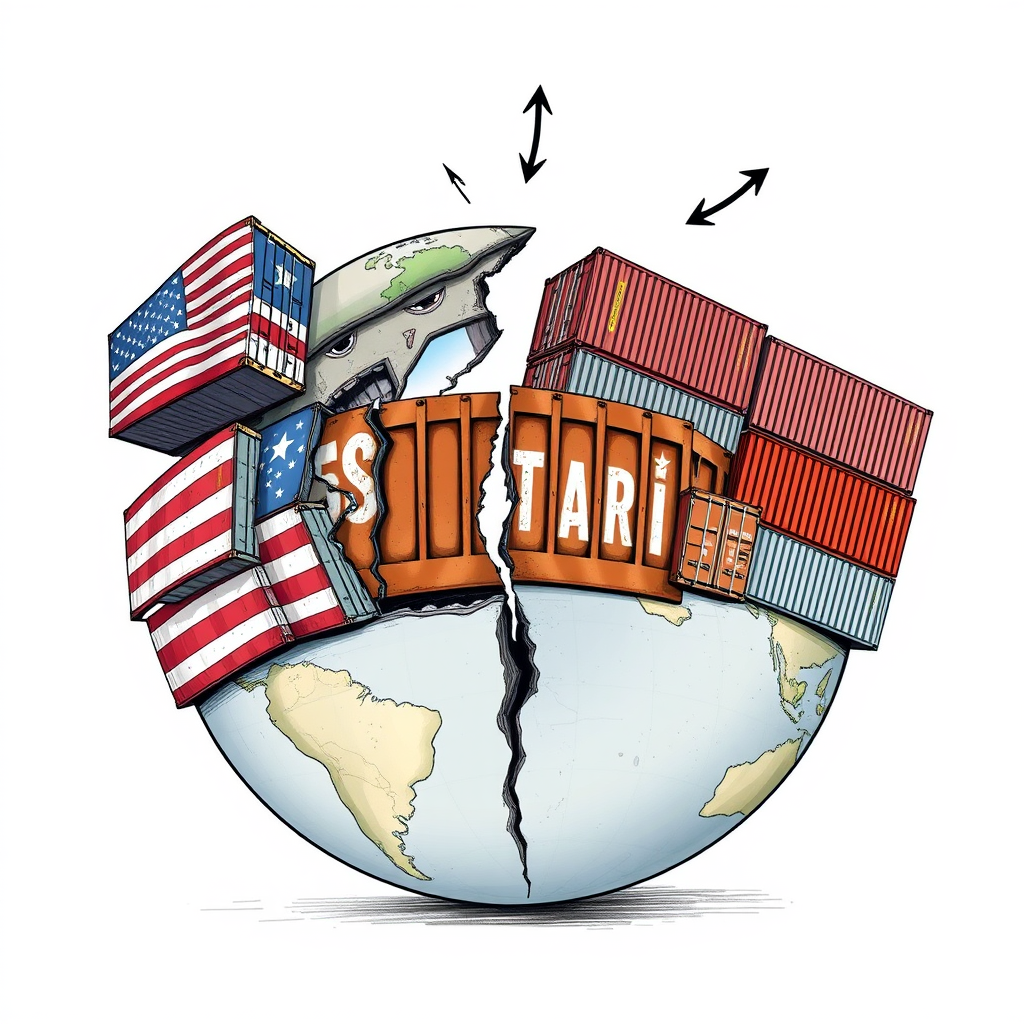Trump’s Tariffs: Hurting US Businesses, Helping China

The unpredictable tariff policies enacted under the Trump administration have created a climate of instability for American businesses, impacting both their bottom lines and long-term strategic planning. Recent shifts, including reciprocal tariffs on imports from numerous countries – initially soaring as high as 145% on goods from China – and subsequent temporary rollbacks, exemplify this volatility. Itay Sharon, a seller of household goods, experienced this firsthand when a shipment faced a 170% tariff, only to see the rate potentially drop to 55% a day later. This uncertainty forces businesses to navigate a precarious landscape, deciding whether to absorb increased costs, pass them onto consumers, or stockpile goods in anticipation of further changes.
The initial tariff hikes, followed by a 90-day pause and then a revised agreement lowering U.S. tariffs on Chinese goods to 30% (with China lowering its tariffs to 10%), offered a fleeting moment of relief. However, the temporary nature of these adjustments has left many companies hesitant to make significant changes to their supply chains. While some rushed to increase shipments to take advantage of the rollback, the logistical challenges of quickly redeploying cargo capacity and the limited timeframe for securing goods created further complications.
Smaller businesses, in particular, face significant hurdles. Anna Griffin, owner of a luxury paper craft company, found that shifting production away from China was costly and presented quality control issues. The higher minimum order quantities and lack of established infrastructure in alternative manufacturing locations further compounded the problem. Larger companies may have the resources to absorb some of the increased costs or diversify their supply chains, but even they are wary of making long-term commitments in such an unpredictable environment.
The situation highlights a broader trend: the “China Plus One” strategy, where companies diversify their manufacturing to include operations in countries beyond China, was gaining momentum before the tariff wars. However, the Trump administration’s policies, initially aimed at encouraging reshoring or nearshoring, may have inadvertently stalled this trend. The arbitrary nature of the tariff adjustments and the lack of long-term policy clarity have created a disincentive for companies to invest in diversifying their supply chains.
Instead of encouraging a shift away from reliance on Chinese manufacturing, the tariff volatility may be driving companies to remain in China, where production standards are high and costs, excluding tariffs, remain relatively low. This is a concerning outcome, as it undermines efforts to build more resilient and diversified supply chains.
The current situation is not simply about tariffs; it’s about predictability and stability. Businesses need a clear understanding of the rules of the game to make informed decisions and invest in long-term growth. The Trump administration’s approach, characterized by abrupt policy changes and a lack of transparency, has created a toxic environment for supply chain management. While the recent truce offers a temporary reprieve, the underlying uncertainty remains, leaving businesses bracing for the next unpredictable move. The long-term consequences of this policy volatility could be significant, potentially hindering economic growth and undermining the competitiveness of American businesses.